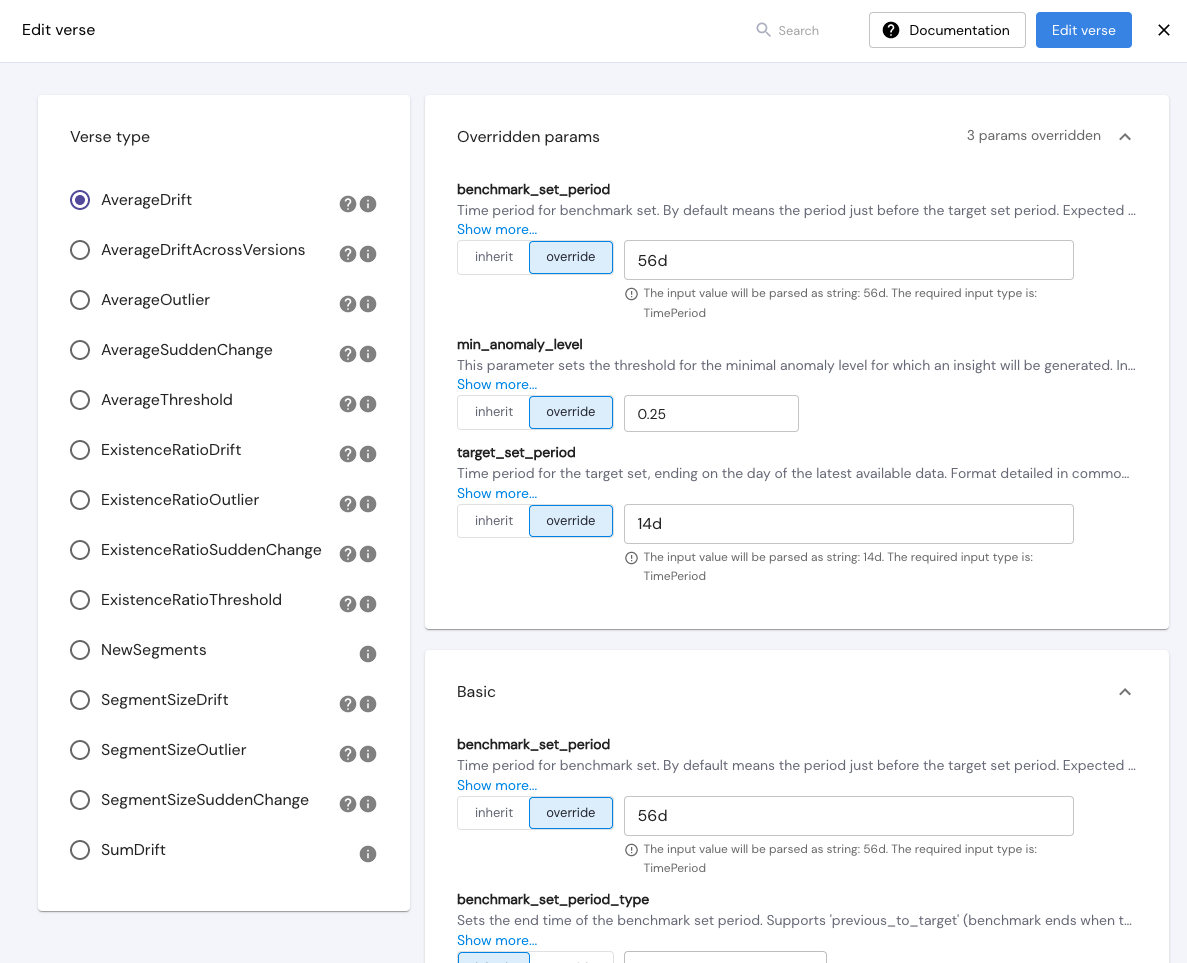Machine learning doesn’t stop at deployment — in fact, that’s where the real work begins. Unlike traditional software, ML models are living systems that constantly interact with new data, evolve over time, and influence real-world outcomes. Without robust monitoring, these models are prone to performance degradation, silent failures, and misalignment with business goals.
Yet, despite its importance, ML monitoring is often treated as an afterthought — or worse, reduced to superficial dashboards and basic alerts. Not all monitoring tools are created equal, and choosing the right one can mean the difference between a model that quietly drifts off-course and one that drives sustained, measurable value.
In this post, I’ll break down the three non-negotiables every effective ML monitoring solution must have. Whether you’re deciding to build a system internally or evaluating a vendor, these core principles will help guide your approach to ensuring your models remain accurate, relevant, and aligned with business objectives over time.


